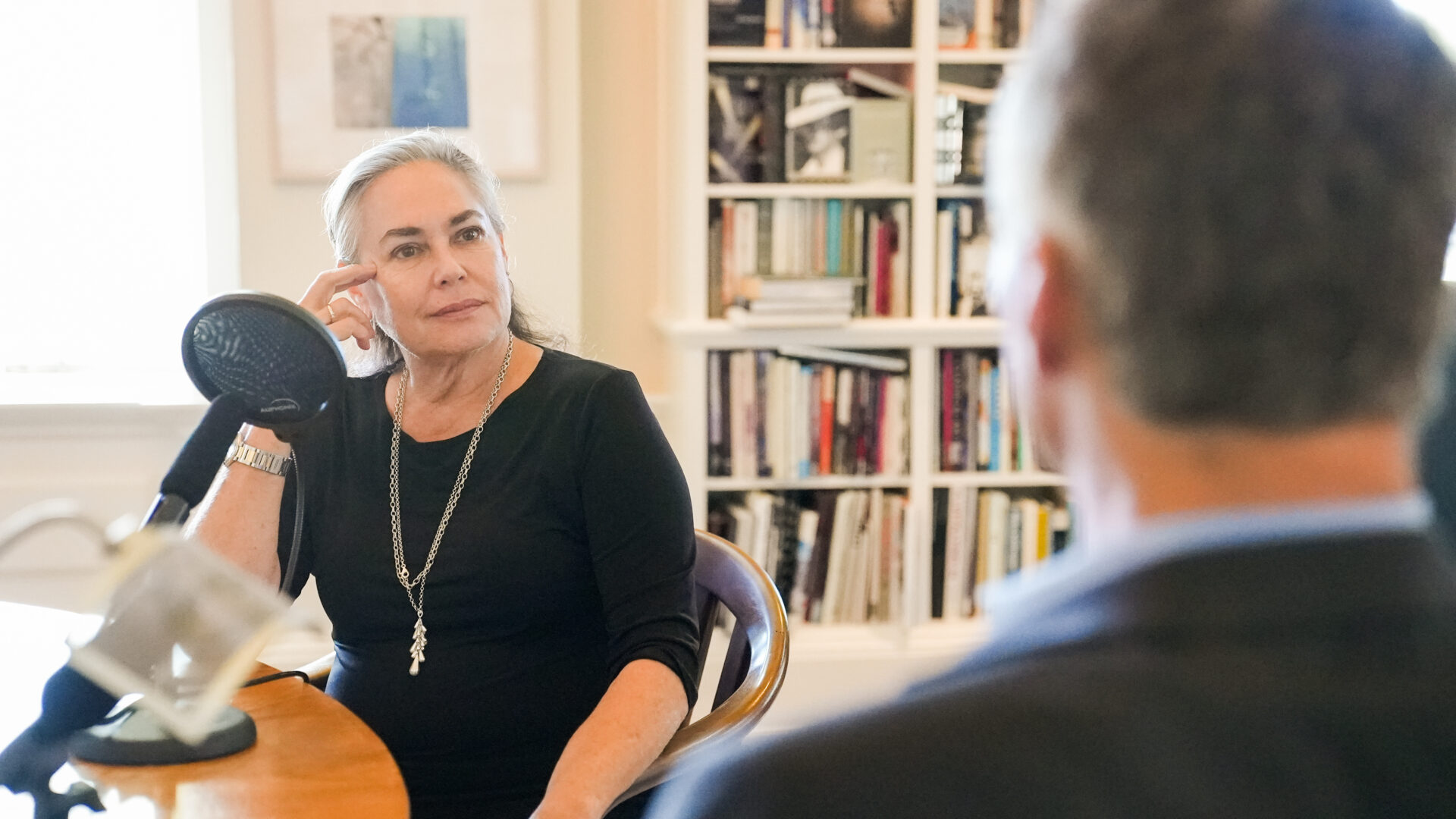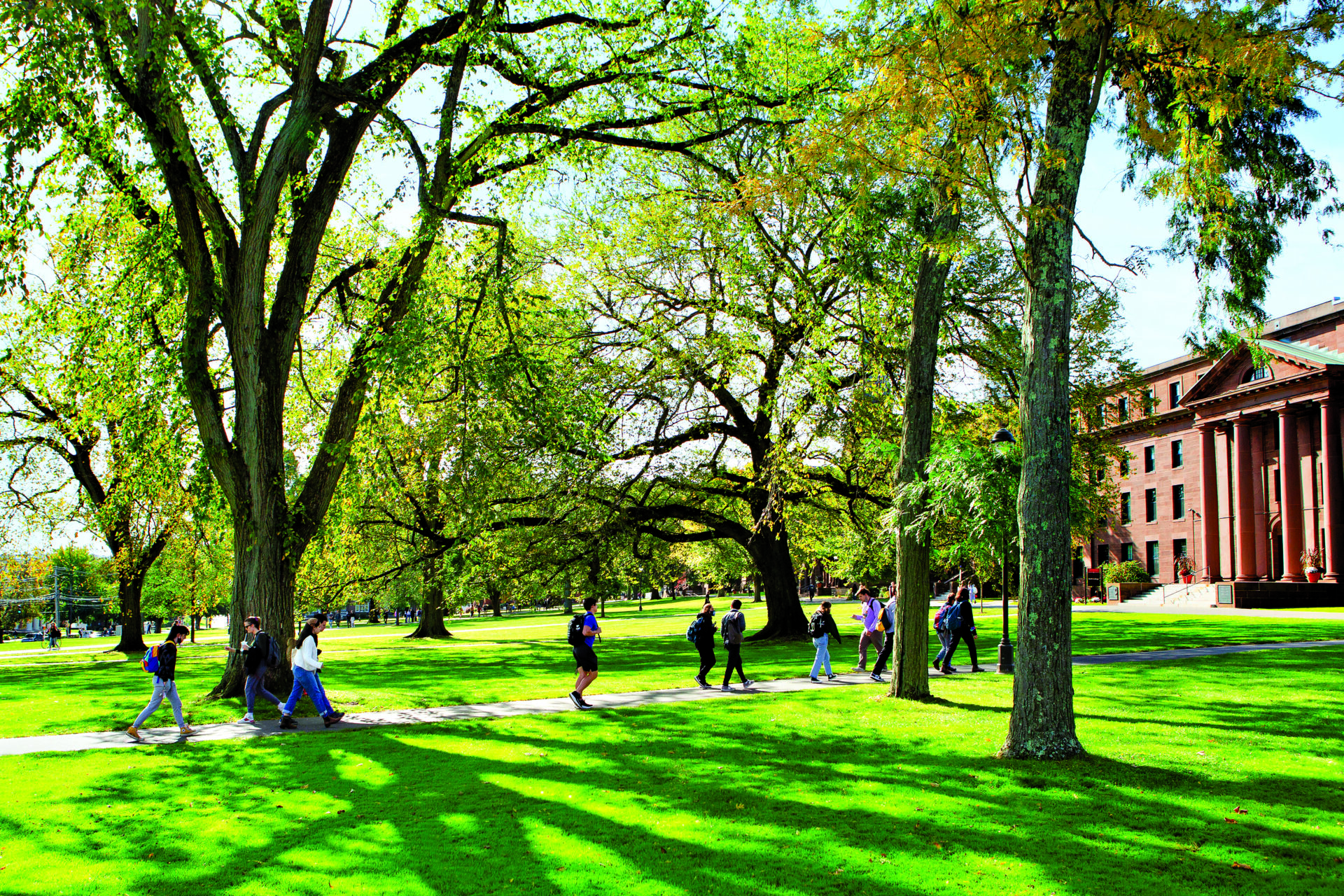Life Is Like a Sourdough Starter…
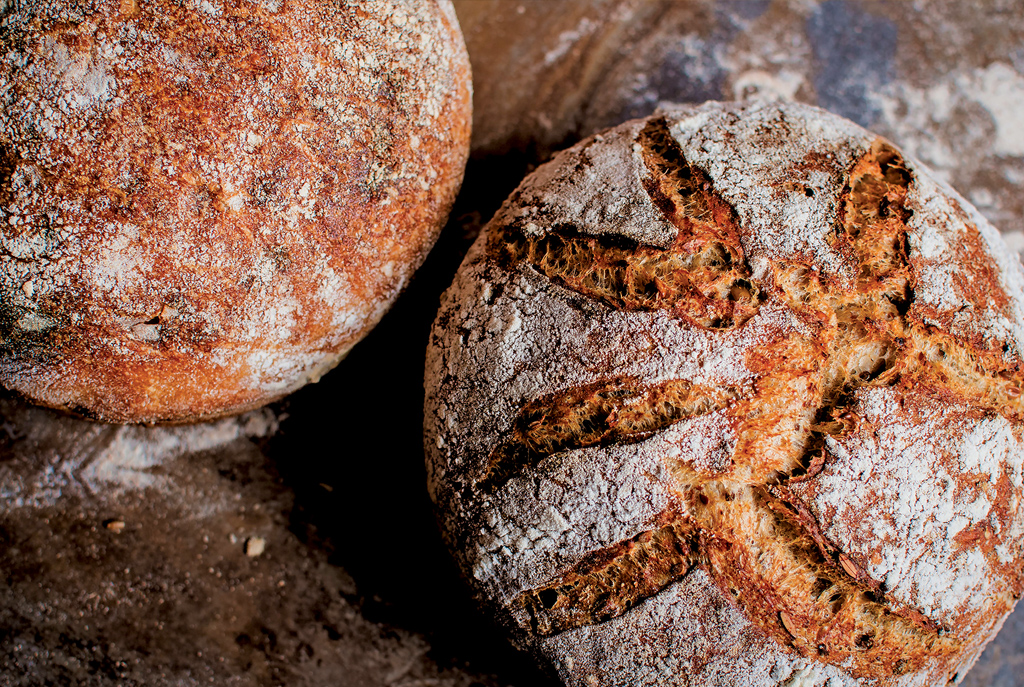
From TV cooking competitions to food blogging, cooking videos to Instagram posts, sharing how we cook and what we choose to eat provides an opportunity to connect during a time when it feels like we are, physically and ideologically, farther apart than ever before.
We all saw it—Instagram feeds and Facebook videos overrun with images of freshly baked bread and succulent, mouth-watering dishes that you could practically taste through the screen.
As COVID-19 pandemic restrictions forced many of us indoors and social gatherings became an exercise in calculated risk, cooking and baking became a global phenomenon, with fledgling and veteran home cooks proudly posting their creations all over social media.
For many, it was a chance to take up a new hobby or skill, but it also became a form of creative and cultural expression, one that connects us in ways that go beyond biology and helps foster a sense of identity, community, and making the unfamiliar more “palatable” through the shared experience.
“We have a saying in food studies: Everybody has a food story,” explains Rachel Waugh ’17, founder and director of Denver’s Museum of Food and Culture. “Whether it’s good, whether it’s bad, everybody has some sort of relationship to food. It’s part of our daily life. We have to engage with food at some point or we’re not going to survive.”
For Waugh, this universal commonality provided an opportunity to use food to expand awareness on issues and topics that might otherwise be difficult to approach. From the seed of an idea that started with an undergraduate production on food justice during her years at Wesleyan, Waugh conceptualized a museum that would allow visitors to “explore food throughout history and throughout different cultures. To examine the science of food as well as understand what food means to our personal experiences. In essence, using food as a lens to explore the world around us and the people that live in it.”
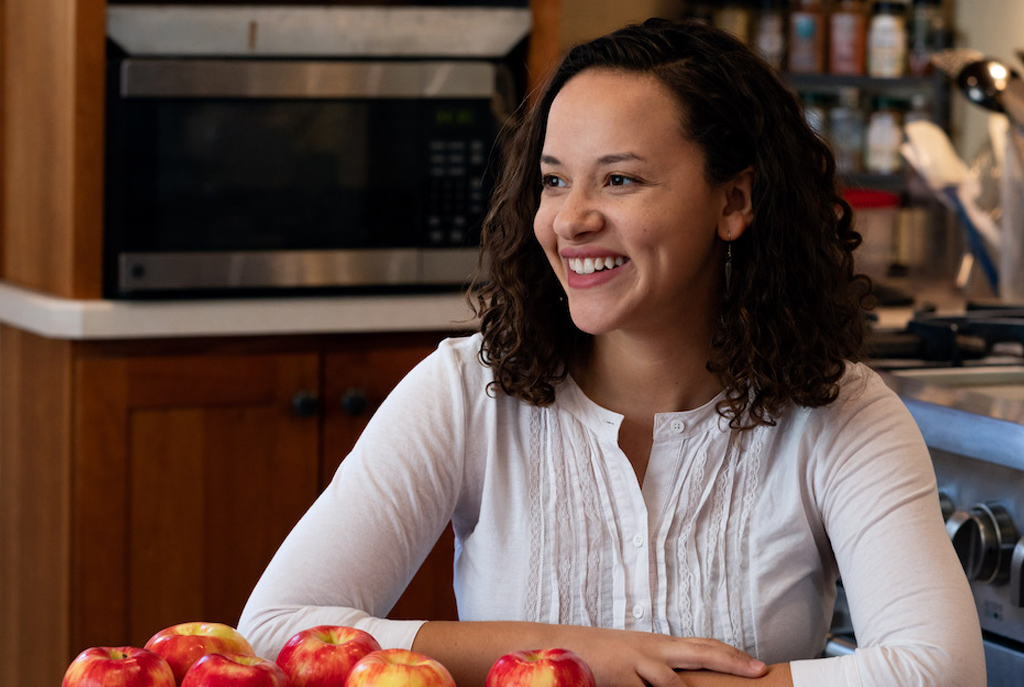
Through engaging and accessible interactive experiences such as tastings, visits to local food providers, and online activities, Waugh hopes to explore a variety of interdisciplinary topics, from the science of taste, to feasting and fasting traditions, to the modern animal agriculture industry and even more complex social issues. “Food is a really easy gateway to learn about some of those harder topics like environmental sustainability or racism in the United States or gender issues. With many of the social uprisings and issues coming to a head in the past 10 years or so, it’s felt like we really need a space that is depoliticized and not as tense as public discourse,” Waugh explains. “Voting rights and climate change seem so abstract unless they’ve impacted you directly, but you can taste test organic apples versus common store-bought apples and talk about how climate change and other factors might impact our food. It feels a lot less scary for people to engage in that conversation.”
Part of the ingenuity of Waugh’s approach is that it provides a level playing field from which to start. Wesleyan Professor Emeritus in the Department of Government John E. Finn is an expert in constitutional theory and public law as well as cuisine and pop culture. For Finn, these seemingly vastly different fields have similarities that speak to what Waugh hopes to achieve with her museum. “Both law and culinary pursuits are deeply human and at essence both are fundamentally questions about who we are individually, but also collectively,” Finn says. “Both ultimately are not only about identity, they’re also about power. Who gets to define what we can eat, how we can eat? What counts as safe food? What counts as not safe food? Indeed, what counts as food at all are fundamentally questions about power.”
And with these power dynamics in play, the best way to reclaim power and agency, according to Finn, is not by just following a rote recipe, but in experimentation and discovery through trial-and-error. “The value in cooking, the value in living, isn’t having somebody tell you how to do it. It’s learning how to do it on your own, asking the questions that matter to you, and more importantly, finding the right answers for you, not taking them stock from somebody else,” says Finn. “That’s what all good philosophies and philosophers do. They try to get you to lead the examined life, to think for yourself, to do for yourself. It can be scary because you’ll make mistakes. But it’s the only way to learn, and it’s the only way to really find happiness in the kitchen or in life.”
It’s this philosophy that prompted Finn to teach one of the first hands-on cooking courses at Wesleyan, first within graduate studies and then eventually to undergrads as well. “I believed that food should be an important part of the liberal arts education, because liberal arts education is about understanding all of the complexity and diversity of human experience, and I didn’t see how you could really do that without having some place for food in the curriculum.”
For Eric Pallant ’80, the complexity and diversity of the human experience finds an apt metaphor in sourdough, which uses live cultures to create a starter that can be nurtured, kept, and shared seemingly forever. (For a basic recipe, see Make Your Own Sourdough Starter.) In his book Sourdough Culture, Pallant draws upon 6,000 years of history, archaeology, anthropology, chemistry, and more to construct the history and evolution of sourdough, and alongside it, the history and evolution of our own human culture. But for Pallant, sourdough isn’t about power, it’s about connectivity.
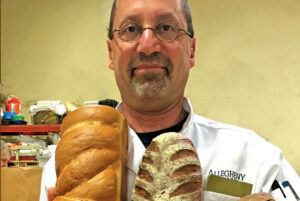
“A sourdough starter is referred to as a ‘culture’ because it is like human culture, a mixture of multiple species of bacteria and yeast all cohabiting. It’s sort of my ideal scenario of what life should be like,” he explains. “Raw sourdough incorporates the bacteria and yeast and whatever else is flying around us. What’s on your hands, plants. . . . It’s whatever fell in from where you are at that moment. And you have 10 or 15 species at work. Commercial yeast is one species of yeast. It’s been genetically processed and is so strong that it’s guaranteed to double in size within an hour. It’ll make a nice light bread but it won’t have much taste. Sourdough isn’t as powerful or productive as yeast—somebody described it as 15 minutes of work spread over three days—but the exchange is the flavor and taste and the culture and history that comes with it. That’s the difference.”
Pallant himself is the proud owner of a 127-year-old starter, which he has shared many times over, including with one of his former assistants at Allegheny College, Allyson Tinney. Tinney, who has since lived in multiple countries, articulated the ineffable emotional importance of the starter, saying simply “making bread has come to mean that we are home, no matter where we are.”
Ironically, for more than a year, most of us have experienced the opposite—isolated at home and cut off from that sense of community and comfort. Our months-long adjustment to life under the specter of a pandemic has taught many lessons and given rise to a seemingly more polarized society, but whether we’re physically at the same table “breaking bread” and engaging in conversation together or just “liking” a post from a stranger who makes a tasty-looking dish, in that moment we’re connected. As Pallant writes in Sourdough Culture, “A bread made with sourdough bears more than six thousand years of history. Deep inside its warm interior there is love, which like the culture it comes from, is best if shared.”
* * *
Creating a Meaningful Experience through Food: How Rachel Waugh ’17 structures successful events with the Museum of Food and Culture
1. Participants have a conversation with someone they might not have ever spoken to outside of this context.
2. Participants leave understanding something more about themselves, whether that be their experience with food, their family, or anything.
3. Participants have an opportunity to give something valuable back to the community.
“A key piece of our museum is having participatory experiences, which is actually fairly new in the museum world. This concept gives people experiences where they are able to contribute something to the body of knowledge of the museum. Whether that is writing a short story about the impact of pancakes in their lives and posting it on a wall alongside other written reflections, or recording a memory of their grandmother cooking them food. Their story is important and with it they are contributing to the museum as well.”
Learn more about the Museum of Food and Culture at www.museumoffoodandculture.org.

